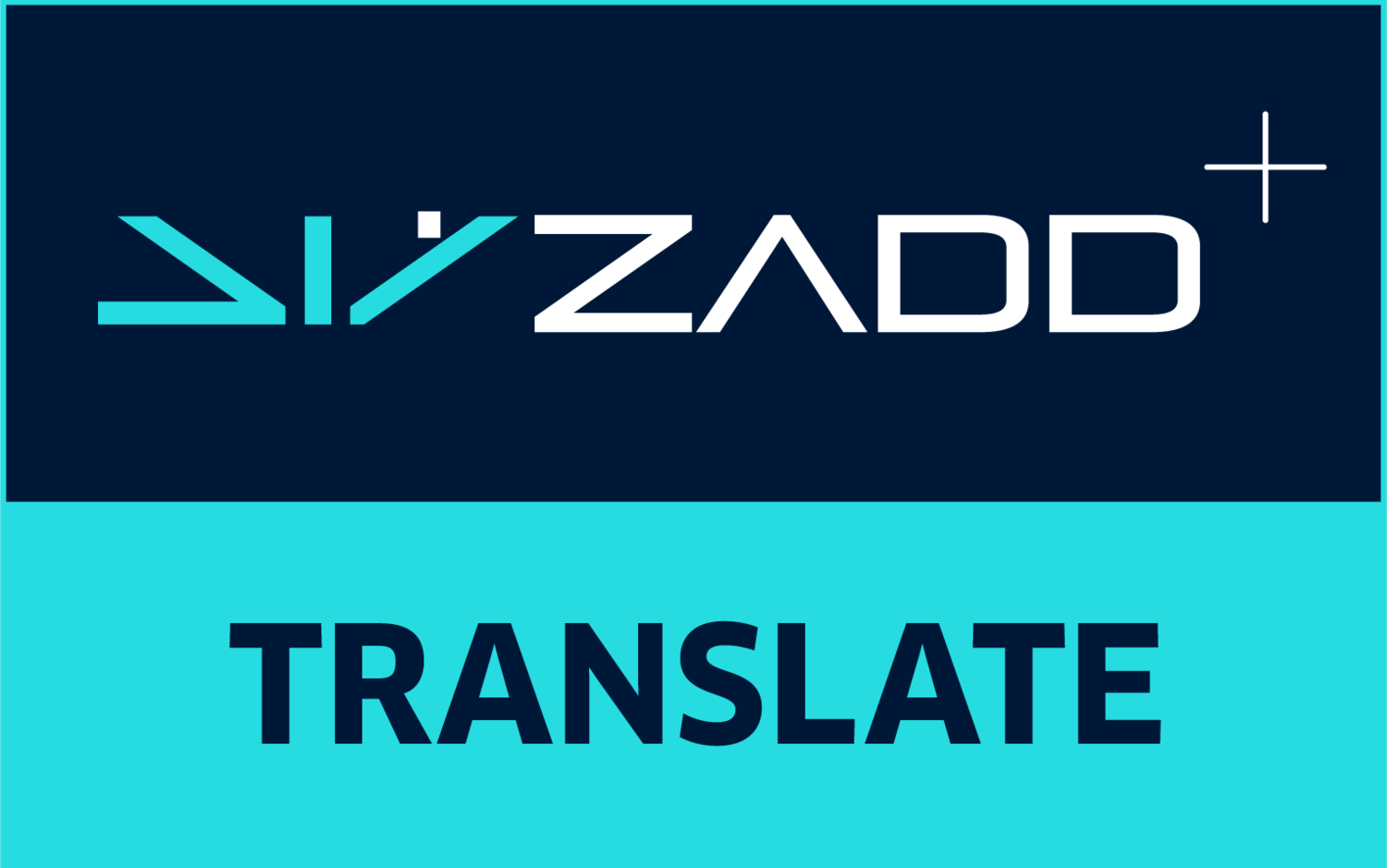Bilingual vs. Multilingual Translation Agencies: How Specialty Matters
Bilingual vs. Multilingual Translation Agencies: How Specialty Matters
Language services agencies are vying to compete in the translation market by increasingly selling themselves as providers of several language pairs and different areas of specialty. While being a one-stop-shop with a large network of translators who speak multiple languages seems appealing, a question is raised over the smoothness of management processes and the applied quality control procedures.
To assess this matter based on real-life case studies, we can look into some of the world’s largest organizations that rely heavily on translating all their documents and correspondences to involve all key actors. These are the Canadian government, which is a bilingual system (English and French) vis-à-vis the European Union (EU), which is a multilingual system with 24 official languages, and the United Nations (UN) with six official languages.
Managing the Translation Workflow
The management process of a multilingual team of translators with different language pairs is not an easy task. Not only does it require finding a mutual language for communication, but it also entails setting up a solid management process to ensure that the work pipeline is smooth and flawless as much as possible.
In the European Union, for example, the Directorate-General for Translation (DGT) is the world’s largest provider of multilingual translation services with over 1750 linguists, providing an annual output of around 1.5 million pages translated into 24 languages.
The management practices at the DGT start from the very first step by hiring highly qualified and professional linguists, up to the formation of a seamless production pipeline that employs automated systems with strong supervision and oversight[i].
In the same vein, the UN’s Department for General Assembly and Conference Management[ii] reported the challenges facing the translation section lie in providing timely and high-quality translation across the UN’s six official languages.
In the bilingual setting, such as the Translation Bureau that serves the Government of Canada, observers believe that the management process is less intense compared to the previously mentioned models given the smaller scale of the system. This enables efficient management with less effort and cost. Not to mention that such a smaller scale enabled the Language Industry Association to play a key role in promoting ISO standards1 in the translation ecosystem.
What About Quality?
Not surprisingly, the quality assurance procedures become more challenging in a multilingual setting compared to the bilingual setting, especially amid the tight deadlines set for time-sensitive content and the crucial nature of texts.
In the EU and UN alike, the translation departments rely heavily on the utilization of cutting-edge technologies and automated systems to accelerate and facilitate the process of translation and thus the quality assurance processes.
In the EU to be exact, the QA supervisors work on the upstream design of a quality management system and the downstream of acceptable target text quality, particularly focusing on qualitative and quantitative measurement of quality[i].
The qualitative aspects look into the accuracy, readability, and adoption of the proper level of formality in the produced text, while the quantitative aspect relates to the timely submission of assignments while achieving the targeted number of pages required.
The main quality-related issue facing multilingual systems is relay translation, which refers to translating through an intermediary language instead of referring to the original text directly. For example, a text may be issued in French and intended to be translated into Maltese, but there is no French-Maltese translator available.
This raises the need for adopting English as an intermediary language i.e., seeking help from a linguist to translate the text from French to English, then approaching another to work from English to Maltese. This process increases the risks of misinterpretation, lack of clarity, or rendering a mistranslation to the second translated text after it has been made by the first translator.
Meanwhile, having one source and one target as in most cases in the bilingual setting enables the persons in charge of the QA to carry out multiple revisions and ensure accurate rendition of meaning.
Point is…
These global models can be studied and leveraged as case studies of large-scale and well-governed translation systems. They can be also reflected on the actual translation market in terms of both challenges faced and lessons learnt.
These models further highlight the fact that multilingual translation is rife with challenges even when operated in large and global organizations with large budgets and resources, so how about small and medium sized LSPs that do not even have a fraction of the resources required!
This also marks the significance of specialty and focus in a market invaded by so many intruders who are not equipped with the necessary tools and skills to provide a quality translation output, eventually selling delusions to monolingual clients!
[i] Source: Article titled “Managing Translation Quality in Multilingual Settings” by James Archibald. Retrieved from https://www.circuitmagazine.org/dossier-133/managing-translation-quality-in-multilingual-settings
[ii] Source: Translation in the United Nations. Retrieved from https://www.un.org/dgacm/en/content/translation
